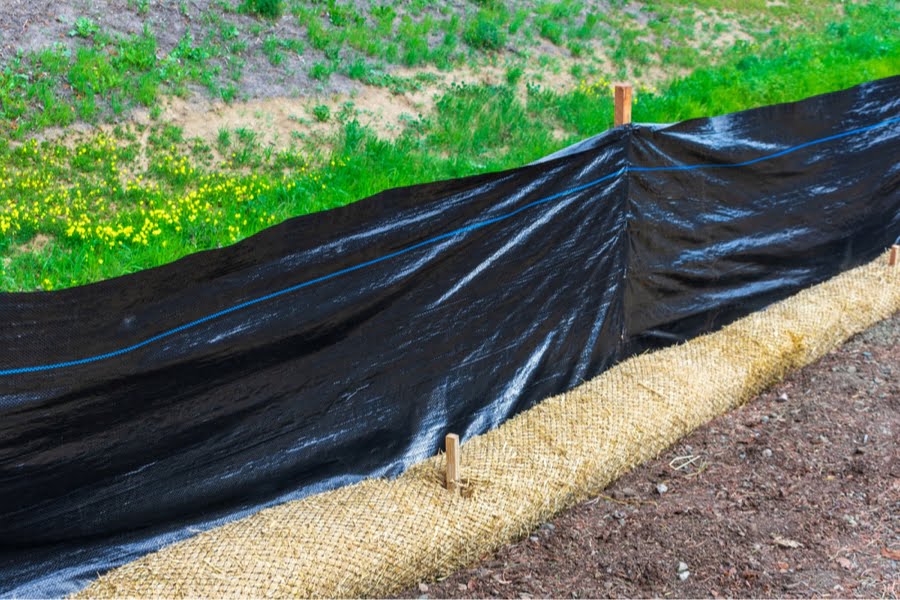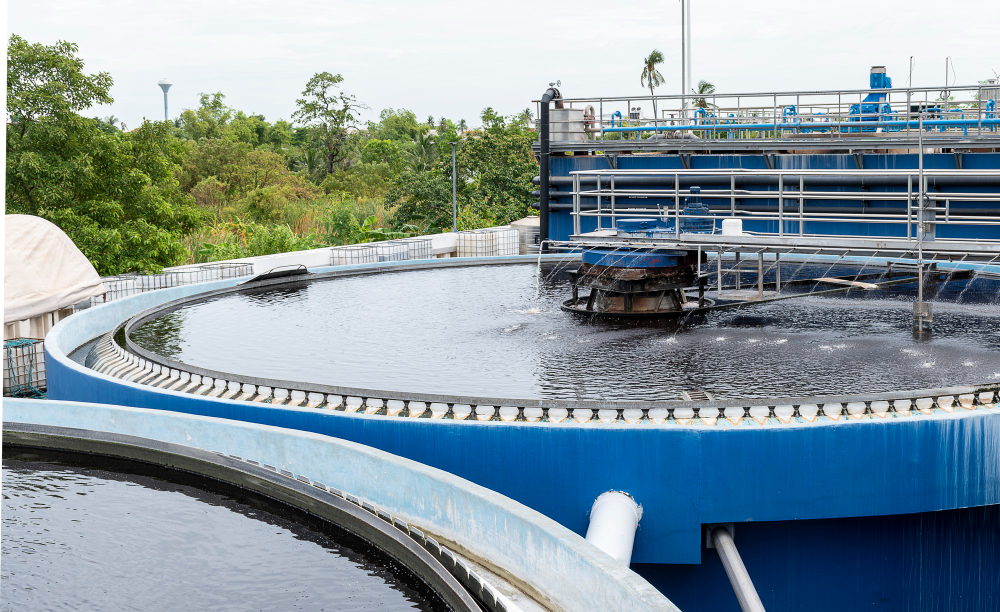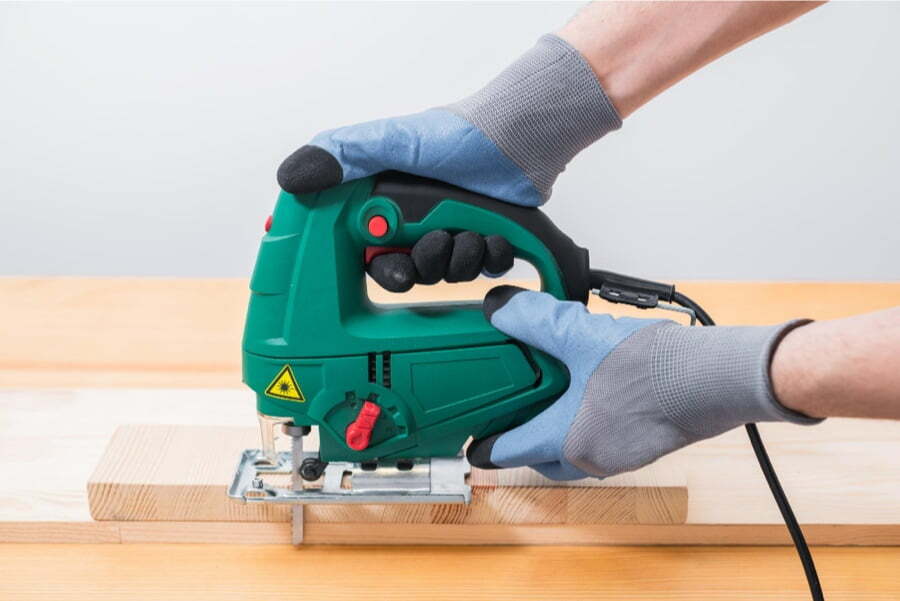Last updated on
Here’s a brief introduction to sediment control cloths and their use in landscaping and erosion control. Read on!
Sediment control cloths are an effective way of preventing soil erosion, protecting water quality, and maintaining a clean and healthy environment.
They are typically made from a variety of materials, including woven geotextiles, non-woven fabrics, and natural fibers such as coir.
How Are Sediment Control Cloths Used?

Sediment control cloths are used in a variety of applications, including landscaping, and erosion control projects. Also, sediment control cloths are commonly used in the construction industry as silt fences.
Silt fences are temporary barriers that are used to prevent sediment and other pollutants from washing away from construction sites and into nearby waterways. Sediment control cloths used for silt fences are typically made from woven geotextiles or other durable materials and are designed to filter out sediment and other pollutants while allowing water to flow through.
They are an effective way of preventing soil erosion and protecting water quality during construction projects.
The Benefits of Using Sediment Control Cloths
There are many benefits to using sediment control cloths. One of the primary benefits is their ability to prevent soil erosion. Soil erosion can lead to a variety of problems, including reduced soil fertility, loss of soil structure, and the contamination of waterways. Sediment control cloths help to prevent soil erosion by stabilizing the soil and holding it in place.
Another benefit of sediment control cloths is their ability to improve water quality. When soil and sediment are allowed to wash away, they can contaminate nearby waterways with pollutants such as sediment, nutrients, and chemicals.
Sediment control cloths help to prevent this contamination by filtering out these pollutants and preventing them from entering waterways.
In addition to preventing soil erosion and improving water quality, sediment control cloths can also help to reduce maintenance costs. By stabilizing the soil and preventing erosion, sediment control cloths can help to reduce the need for expensive maintenance and repairs.
Sediment control cloths are also easy to install and can be used in a variety of applications. They can be used on slopes, around trees and other vegetation, and in other areas where erosion control is needed.
Types of Sediment Control Cloths

There are a variety of sediment control cloths available on the market, each with its unique benefits and features. Some of the most popular types of sediment control cloths include woven geotextiles, non-woven fabrics, and natural fiber cloths such as coir.
Woven geotextiles are typically made from polyester or polypropylene and are designed to provide high strength and durability. They are often used in heavy-duty applications, such as construction sites or erosion control projects.
Non-woven fabrics are typically made from synthetic fibers and are designed to provide a high degree of filtration and drainage. They are often used in applications where water quality is a concern, such as stormwater management or landscaping projects.
Natural fiber cloths, such as coir, are made from coconut fibers and are designed to provide a natural and sustainable solution for erosion control. They are often used in environmentally sensitive areas, such as wetlands or other natural habitats.
Sediment control cloths are an effective way of preventing soil erosion, protecting water quality, and maintaining a clean and healthy environment. They offer a variety of benefits, including improved soil stability, reduced maintenance costs, and easy installation.
With a variety of options available on the market, sediment control cloths are a versatile and effective solution for a wide range of erosion control and environmental protection projects.
Related reading:
Table of Contents





